Home>Gardening & Outdoor>Pool & Spa Care>How Full To Fill A Hot Tub
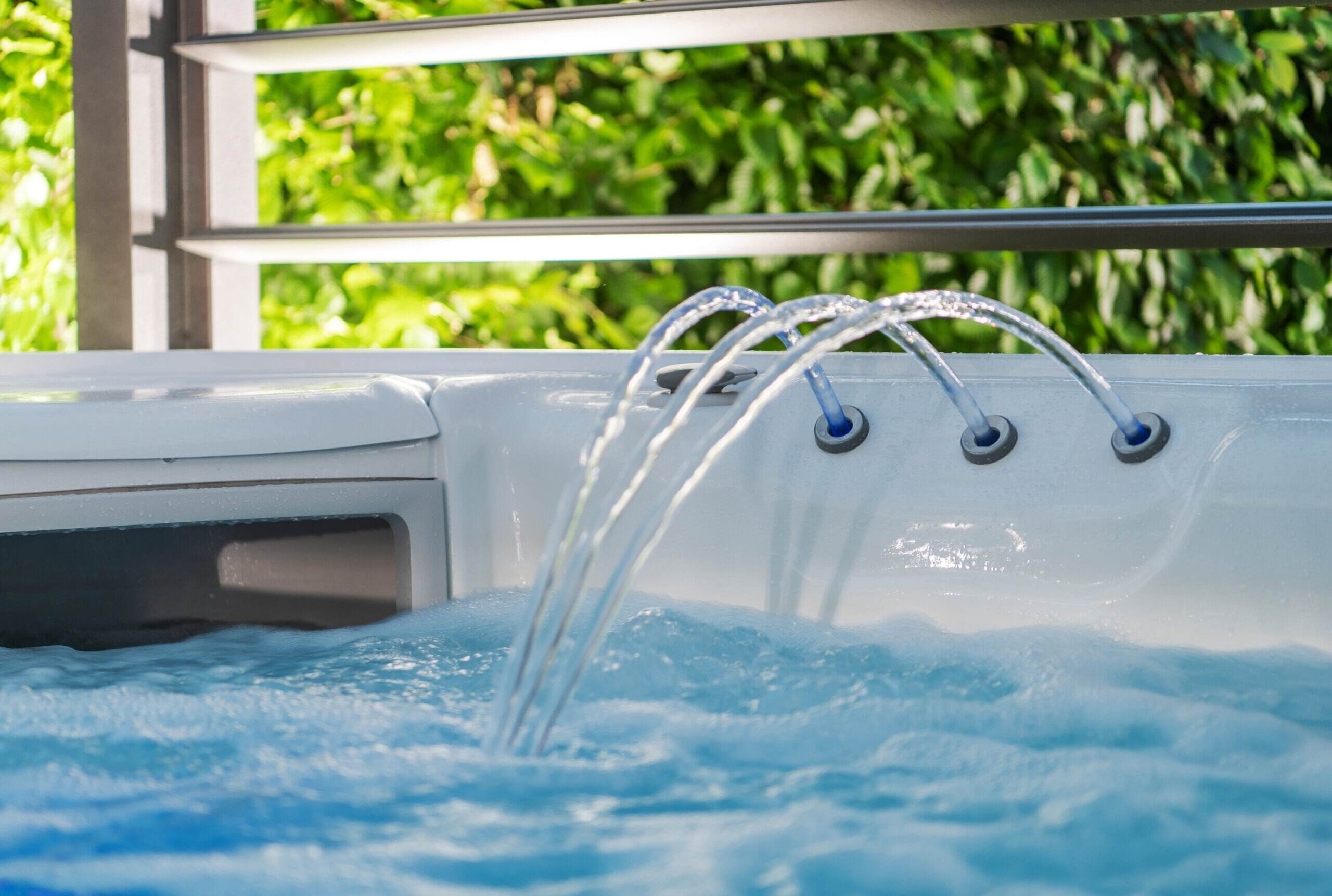

Pool & Spa Care
How Full To Fill A Hot Tub
Modified: February 26, 2024
Learn the best practices for filling your hot tub to ensure optimal performance and longevity. Get expert tips on pool and spa care.
(Many of the links in this article redirect to a specific reviewed product. Your purchase of these products through affiliate links helps to generate commission for Storables.com, at no extra cost. Learn more)
**
Introduction
**
So, you've just installed a brand-new hot tub and you're eager to take a dip and let the warm, bubbling water melt away the day's stress. But wait – how full should you fill it? This seemingly simple question is crucial to ensure your hot tub functions optimally and provides a safe and enjoyable experience.
In this comprehensive guide, we'll explore the factors to consider when determining the water level for your hot tub. We'll delve into the recommended water levels, the potential consequences of overfilling or underfilling your hot tub, and the importance of maintaining the correct water level. By the end, you'll have a clear understanding of how to achieve the perfect water level for your hot tub, allowing you to relax and unwind with peace of mind.
**
Key Takeaways:
- Keep your hot tub at the right water level to avoid mess and safety hazards. Overfilling strains components and dilutes chemicals, while underfilling reduces comfort and therapeutic benefits.
- Aim for the midpoint to just above the highest jets for the perfect water level. This ensures optimal functionality, user comfort, and a satisfying hydrotherapy experience.
Read more: How To Fill Up A Hot Tub
Factors to Consider
**
When deciding how full to fill your hot tub, several factors come into play. These include the manufacturer's recommendations, the number of occupants the hot tub can accommodate, and the type of jets and filtration system it has.
Manufacturer's Recommendations:
First and foremost, it's crucial to consult the manufacturer's guidelines for your specific hot tub model. These recommendations typically provide a clear indication of the optimal water level to ensure proper functionality and performance. Deviating from these guidelines could potentially void the warranty and lead to avoidable issues.
Occupancy:
The number of people using the hot tub at once is another important consideration. Overfilling the hot tub with too many occupants can lead to water displacement, causing it to overflow when people enter or move around. This can not only create a mess but also pose a slipping hazard. Conversely, underfilling the hot tub when it is designed for multiple users may result in an inadequate water depth, diminishing the overall experience.
Jets and Filtration:
The type and positioning of the jets, as well as the efficiency of the filtration system, can influence the water level. Some hot tubs require a specific water level to ensure the jets operate optimally and provide the desired hydrotherapy experience. Additionally, maintaining the correct water level is crucial for the filtration system to function effectively and keep the water clean and sanitized.
By considering these factors, you can make an informed decision regarding the appropriate water level for your hot tub, promoting both functionality and user safety.
**
Water Level Recommendations
**
So, what is the ideal water level for your hot tub? While specific recommendations may vary based on the hot tub model and manufacturer guidelines, there are general principles to keep in mind.
Optimal Fill Level:
Most hot tubs have a recommended fill level that typically ranges from the midpoint to just above the highest jets. This ensures that the water level is sufficient to cover the entire seating area while allowing the jets to function effectively. It also provides an adequate depth for users to enjoy a comfortable and immersive hydrotherapy experience.
Avoid Overfilling:
It’s important to resist the temptation to overfill your hot tub, as this can lead to various issues. Overfilling may cause water to overflow when occupants enter the tub, resulting in a mess and potential safety hazards. Additionally, excessive water displacement can strain the hot tub’s components and lead to unnecessary wear and tear.
Underfilling Concerns:
Conversely, underfilling the hot tub can detract from the overall experience. Inadequate water depth may prevent the jets from delivering the desired hydrotherapy benefits, and it can limit the level of relaxation and buoyancy that users expect from a hot tub experience.
By adhering to the manufacturer’s recommendations and aiming for a fill level that covers the seating area without exceeding the highest jets, you can strike a balance that ensures optimal functionality, user comfort, and safety.
**
Fill your hot tub to the recommended water level indicated by the manufacturer. Overfilling can cause water to spill out when people get in, while underfilling can strain the pump and heater.
Effects of Overfilling
**
Overfilling your hot tub can lead to a range of undesirable consequences that may compromise both the system’s integrity and the overall user experience.
Water Overflow:
One of the most immediate and obvious effects of overfilling is water overflow. When the water level surpasses the recommended limit, entering the hot tub can displace the excess water, causing it to spill over the edges. This not only creates a mess but also poses a slipping hazard, potentially leading to accidents and injuries.
Strain on Components:
Excessive water displacement due to overfilling can place strain on the hot tub’s components, including the pump, heater, and filtration system. This additional stress can lead to premature wear and tear, potentially resulting in the need for costly repairs or replacements.
Chemical Imbalance:
Overfilling the hot tub can dilute the concentration of sanitizing chemicals, such as chlorine or bromine, leading to an imbalance in water chemistry. This imbalance may compromise the water’s cleanliness and safety, potentially allowing bacteria and other contaminants to thrive.
Energy Inefficiency:
Operating the hot tub with an excessive water level can lead to energy inefficiency. The additional water volume requires more energy to heat, potentially leading to higher utility costs and unnecessary energy consumption.
By understanding the potential effects of overfilling your hot tub, you can take proactive measures to maintain the appropriate water level and mitigate these issues, ensuring a safer and more enjoyable experience for all users.
**
Effects of Underfilling
**
While overfilling a hot tub can lead to its own set of issues, underfilling can also have negative consequences that impact both the hot tub’s performance and the user experience.
Diminished Hydrotherapy Benefits:
When a hot tub is underfilled, the water depth may not adequately cover the jets, diminishing the effectiveness of the hydrotherapy experience. This can limit the therapeutic benefits that users seek, such as muscle relaxation, improved circulation, and stress relief.
Reduced Buoyancy and Comfort:
Inadequate water depth can compromise the buoyancy and comfort levels that users expect from a hot tub experience. The sensation of weightlessness and the relief of pressure on joints and muscles may be diminished, detracting from the overall relaxation and wellness benefits.
Potential Equipment Issues:
An underfilled hot tub may strain the pump and filtration system, as they are designed to operate optimally within a specific water level range. Inadequate water depth can lead to air being drawn into the pump, potentially causing damage and reducing its efficiency. Furthermore, the filtration system may struggle to effectively circulate and sanitize the water, impacting its cleanliness and safety.
Aesthetic and Acoustic Impact:
Underfilling can affect the hot tub’s aesthetics and acoustic properties. The water level may fall below the intended line of sight, detracting from the visual appeal, and the sound of the jets and bubbling water may be less pronounced, diminishing the overall sensory experience.
By recognizing the potential effects of underfilling your hot tub, you can prioritize maintaining the appropriate water level to ensure optimal functionality, user comfort, and the full spectrum of hydrotherapy benefits.
**
Read more: How Long To Fill Hot Tub
Conclusion
**
Understanding how full to fill your hot tub is essential for maximizing its performance, ensuring user safety, and delivering a satisfying hydrotherapy experience. By considering the manufacturer’s recommendations, the number of occupants, and the impact on the hot tub’s components, you can make informed decisions regarding the water level.
Adhering to the optimal water level recommendations, avoiding overfilling or underfilling, and being mindful of the potential effects can help you maintain a harmonious balance that promotes both functionality and user satisfaction.
Remember, the ideal water level typically ranges from the midpoint to just above the highest jets, providing adequate coverage of the seating area while allowing the jets to operate effectively. Overfilling can lead to water overflow, strain on components, chemical imbalance, and energy inefficiency, while underfilling may diminish hydrotherapy benefits, comfort, and potentially impact the hot tub’s equipment.
By prioritizing the appropriate water level, you can optimize the performance and longevity of your hot tub, enhance the user experience, and create a safe and enjoyable environment for relaxation and rejuvenation.
So, the next time you prepare to indulge in the soothing warmth of your hot tub, remember the importance of maintaining the right water level – it’s the key to unlocking the full potential of your hydrotherapy oasis.
Frequently Asked Questions about How Full To Fill A Hot Tub
Was this page helpful?
At Storables.com, we guarantee accurate and reliable information. Our content, validated by Expert Board Contributors, is crafted following stringent Editorial Policies. We're committed to providing you with well-researched, expert-backed insights for all your informational needs.
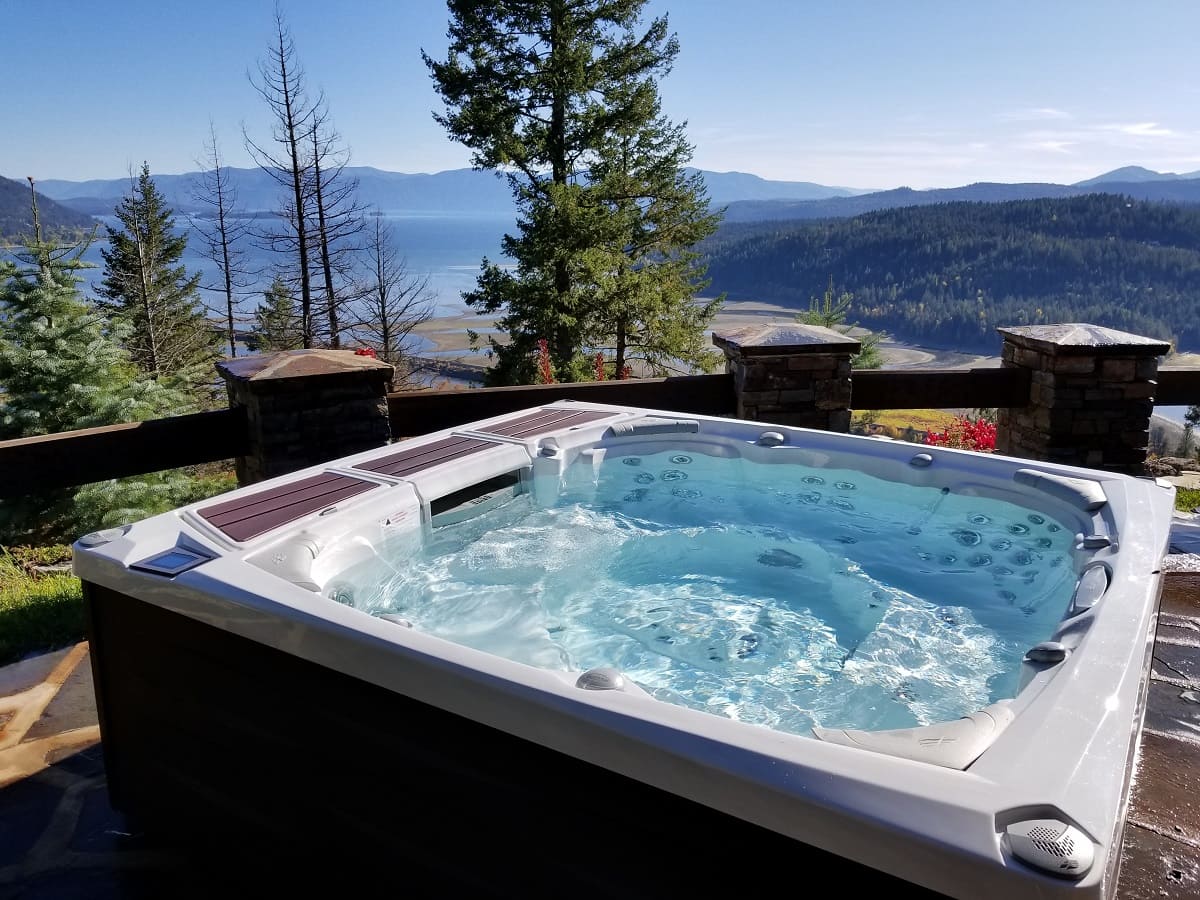
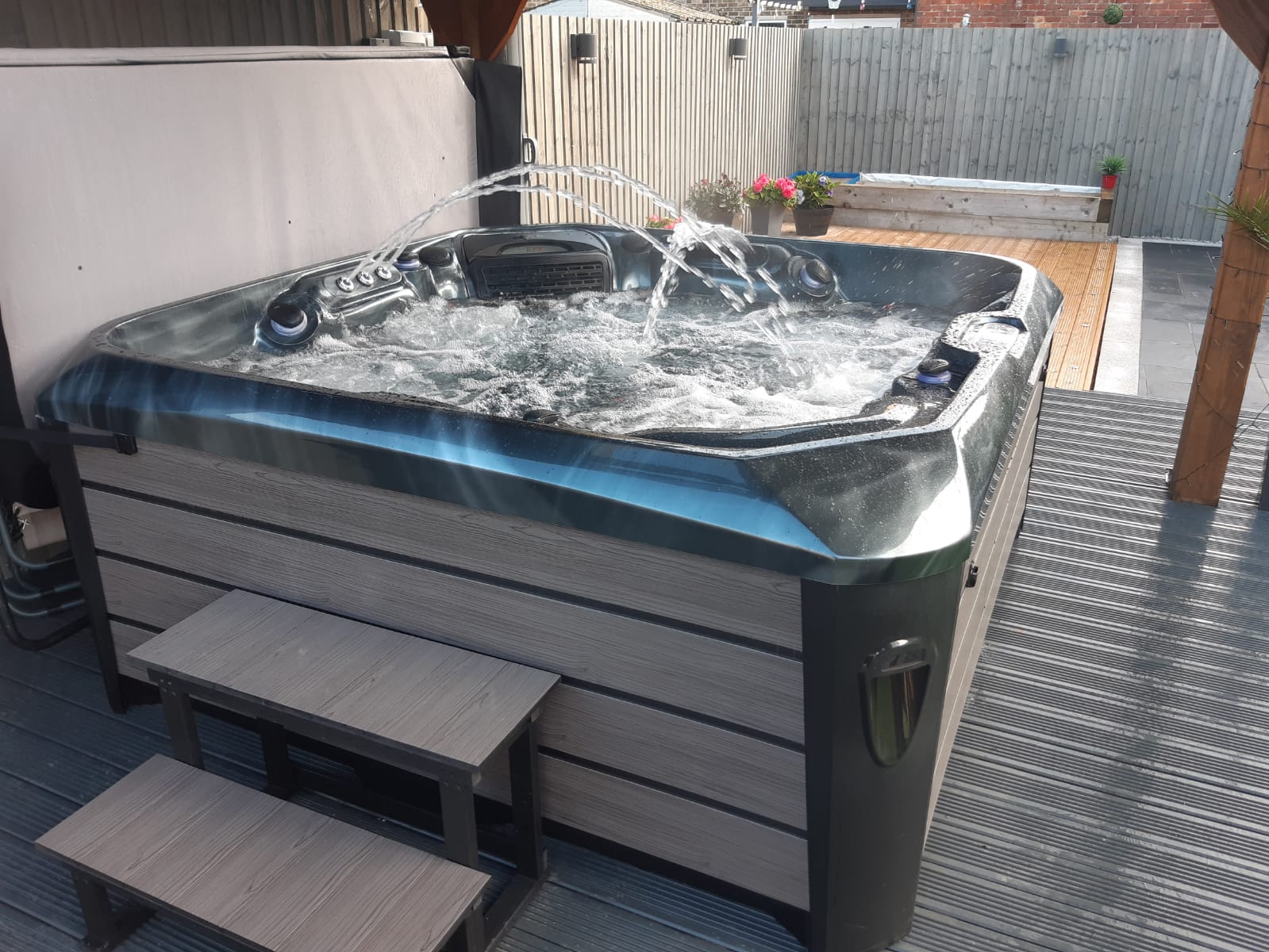
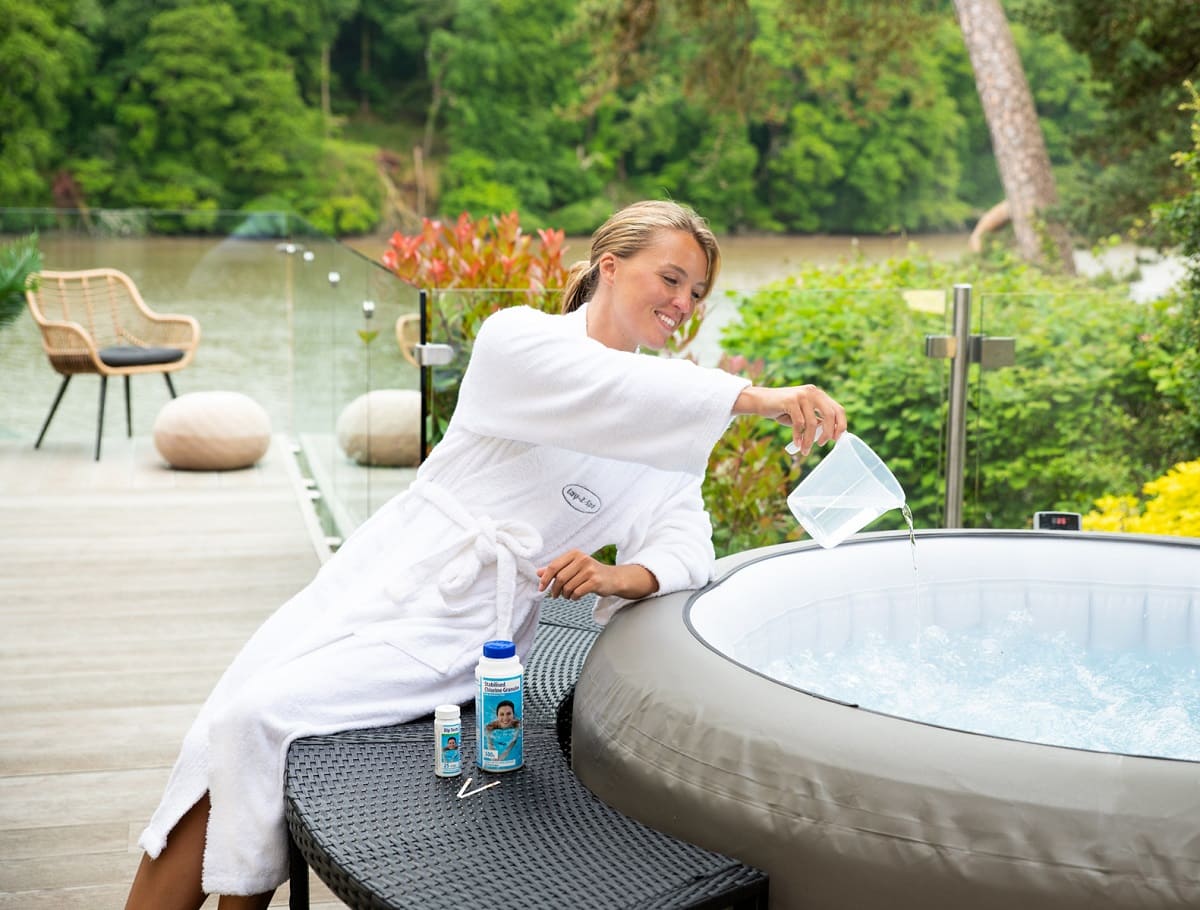
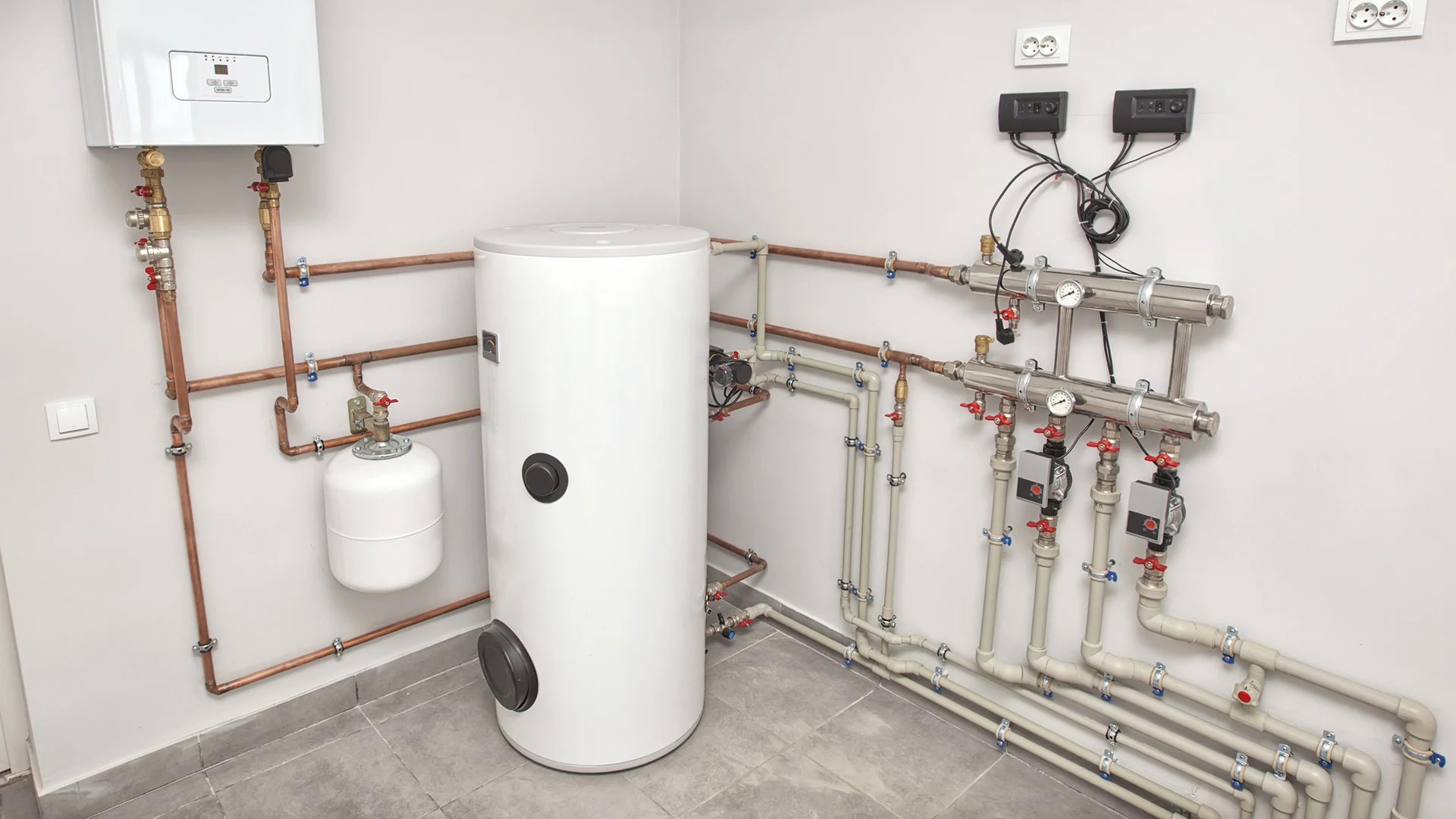
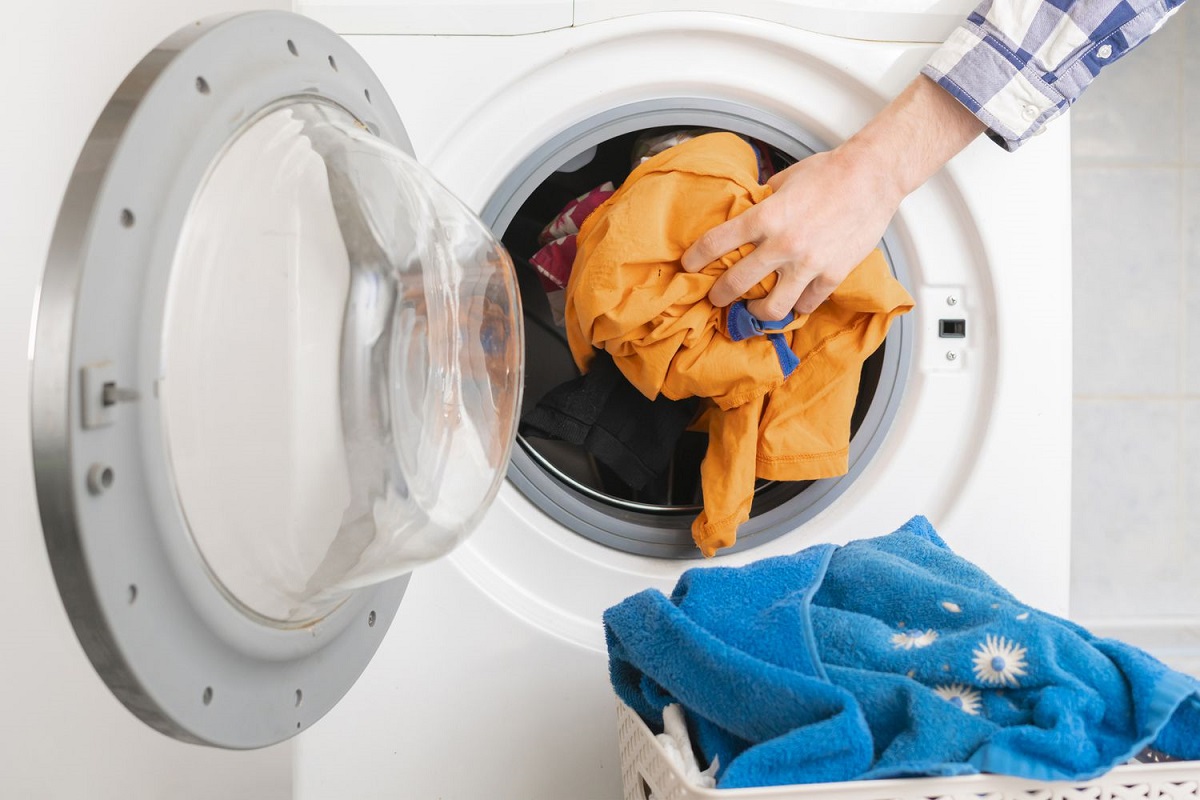
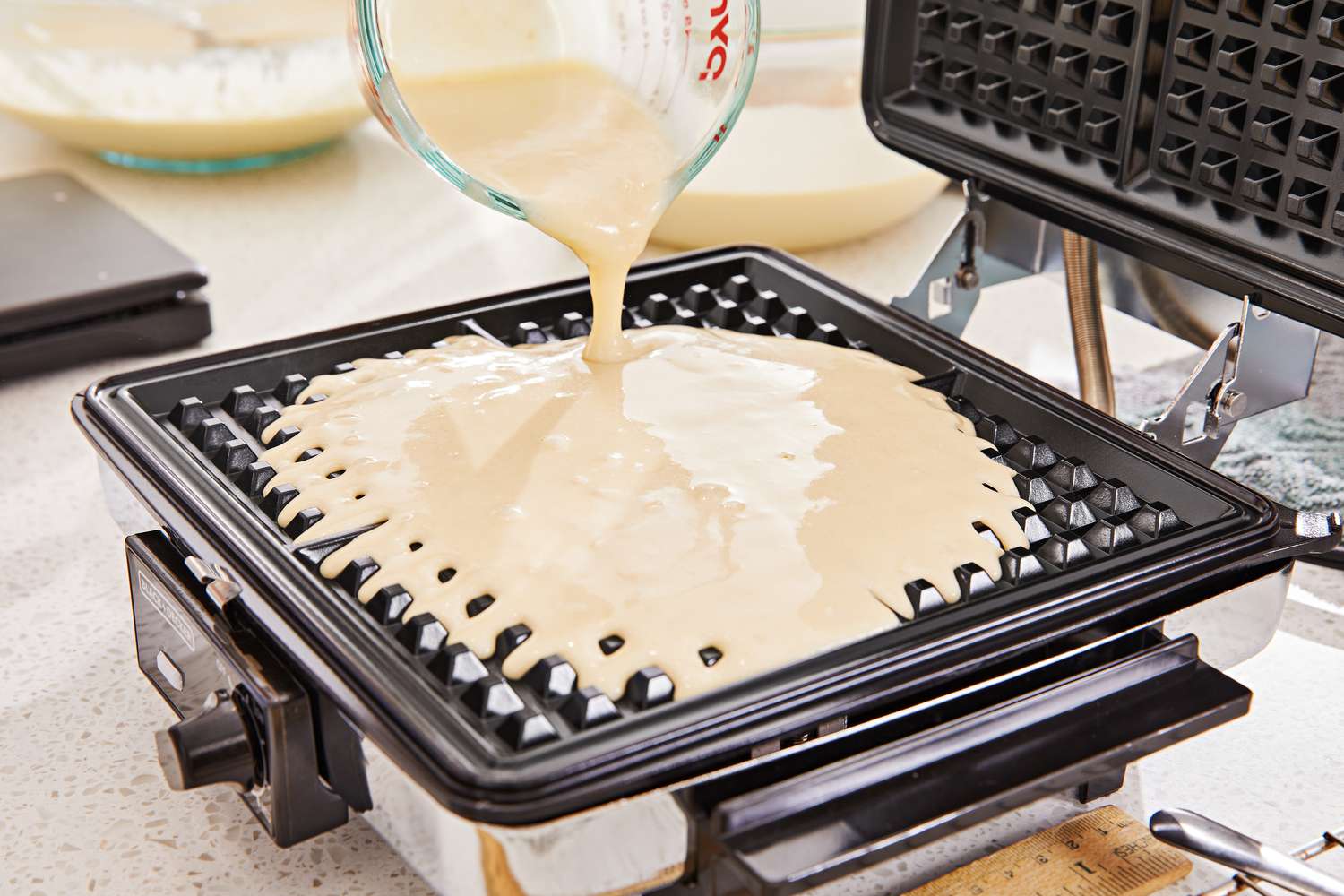
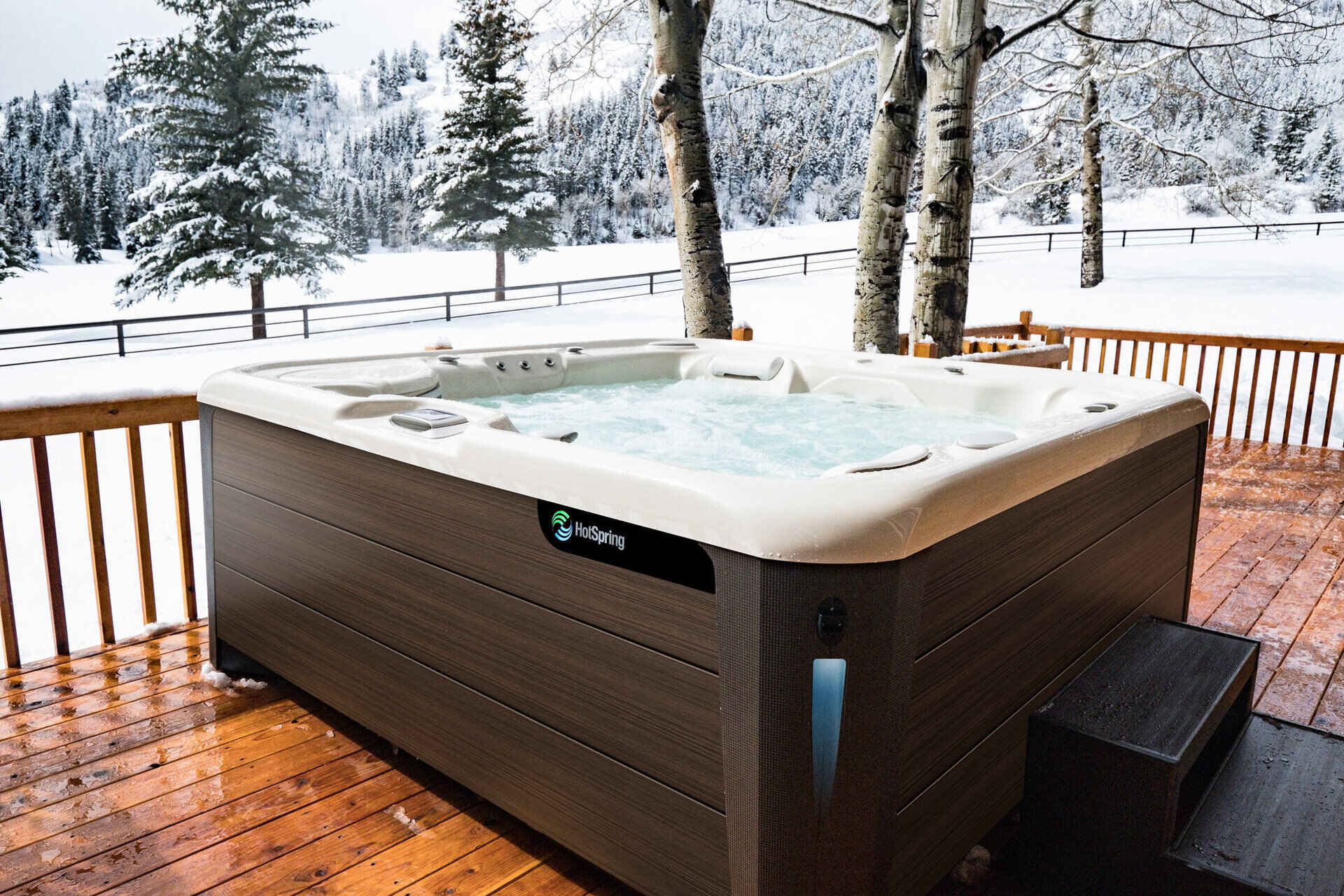
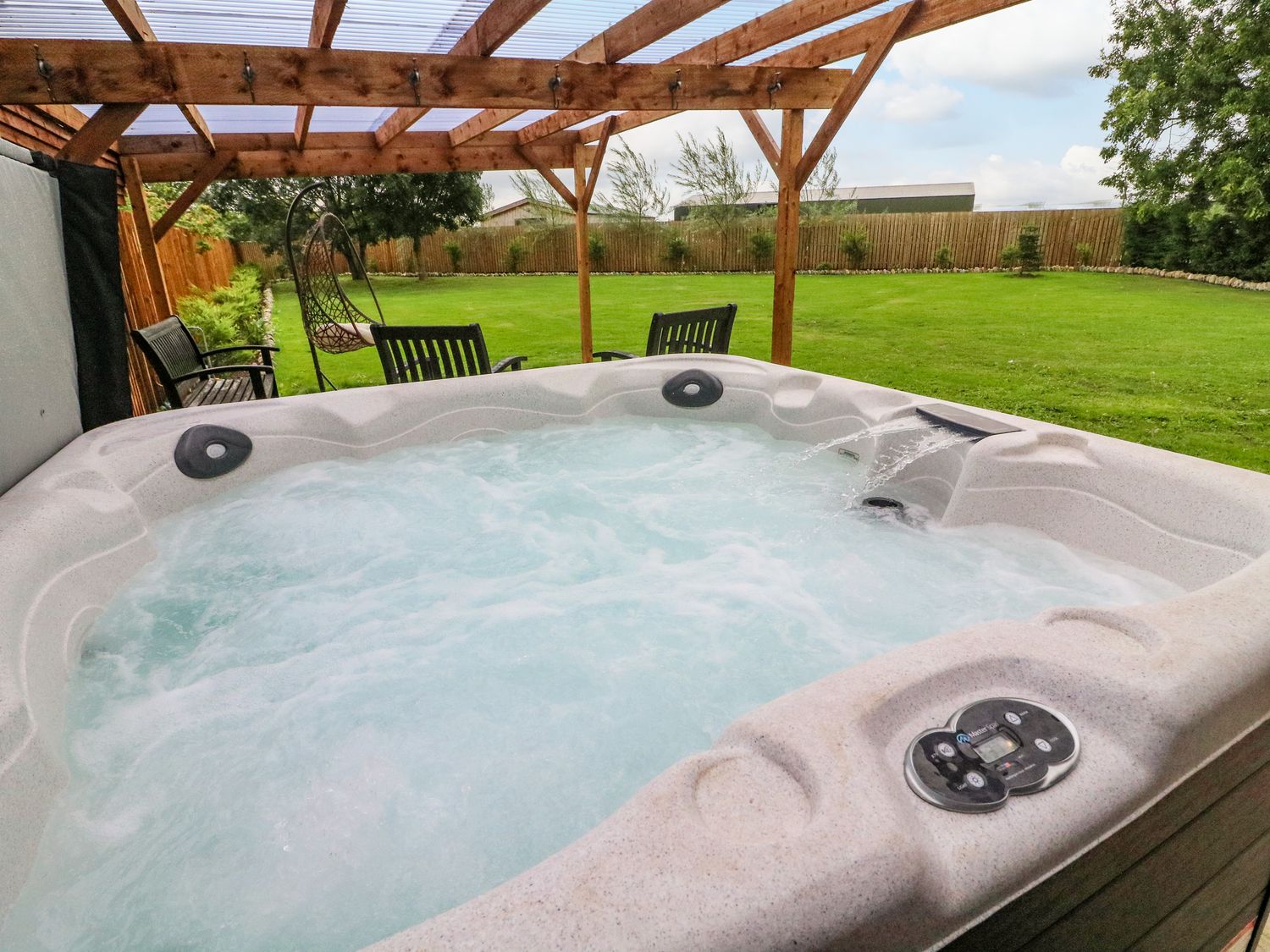
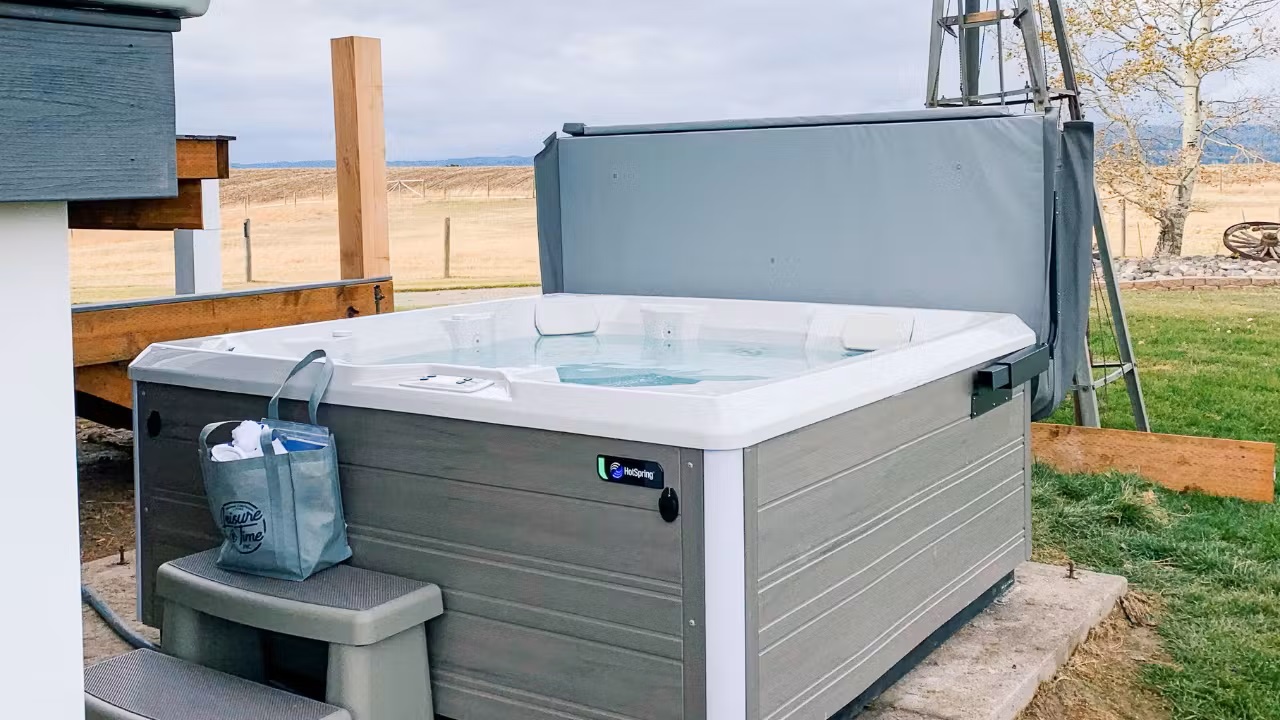
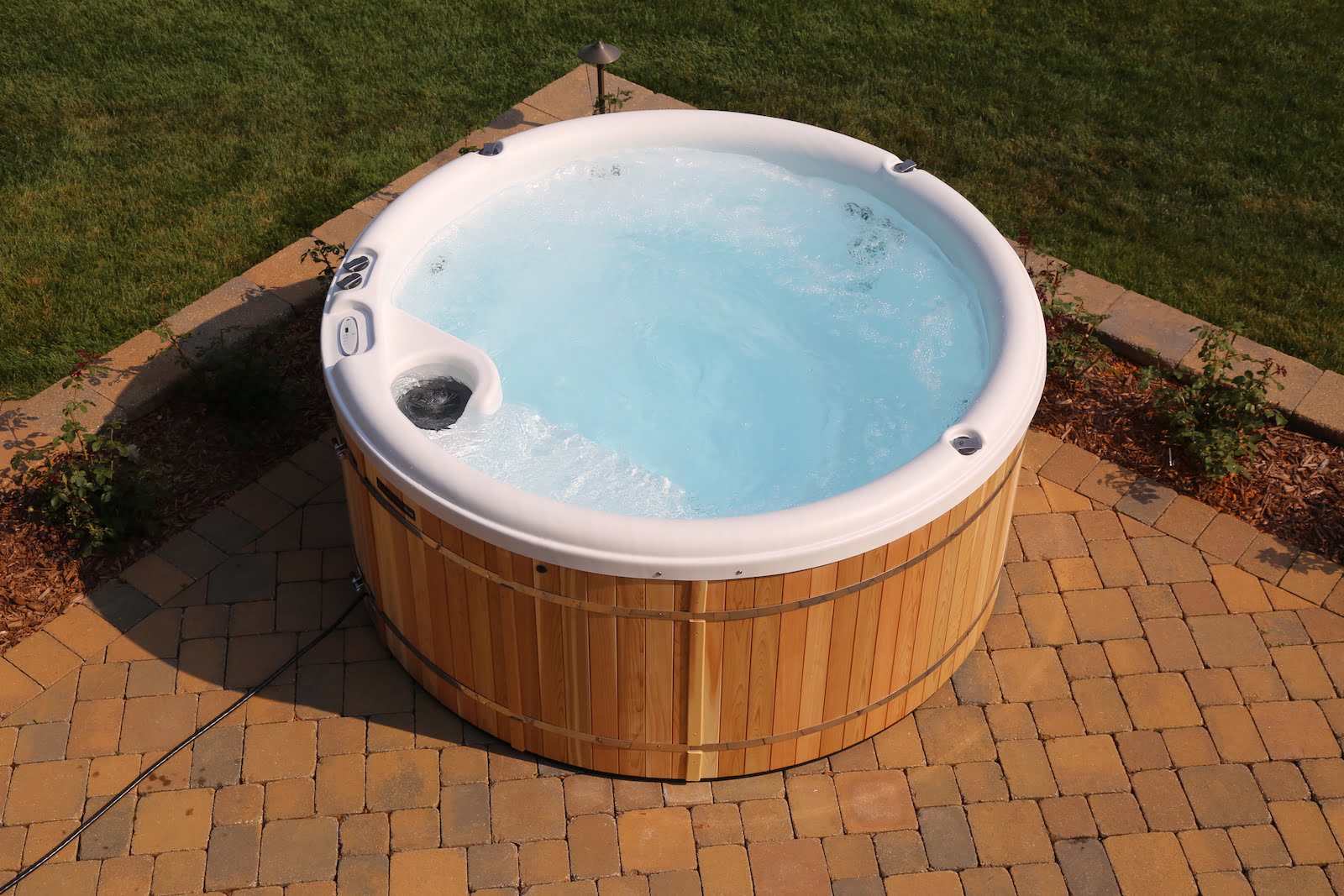
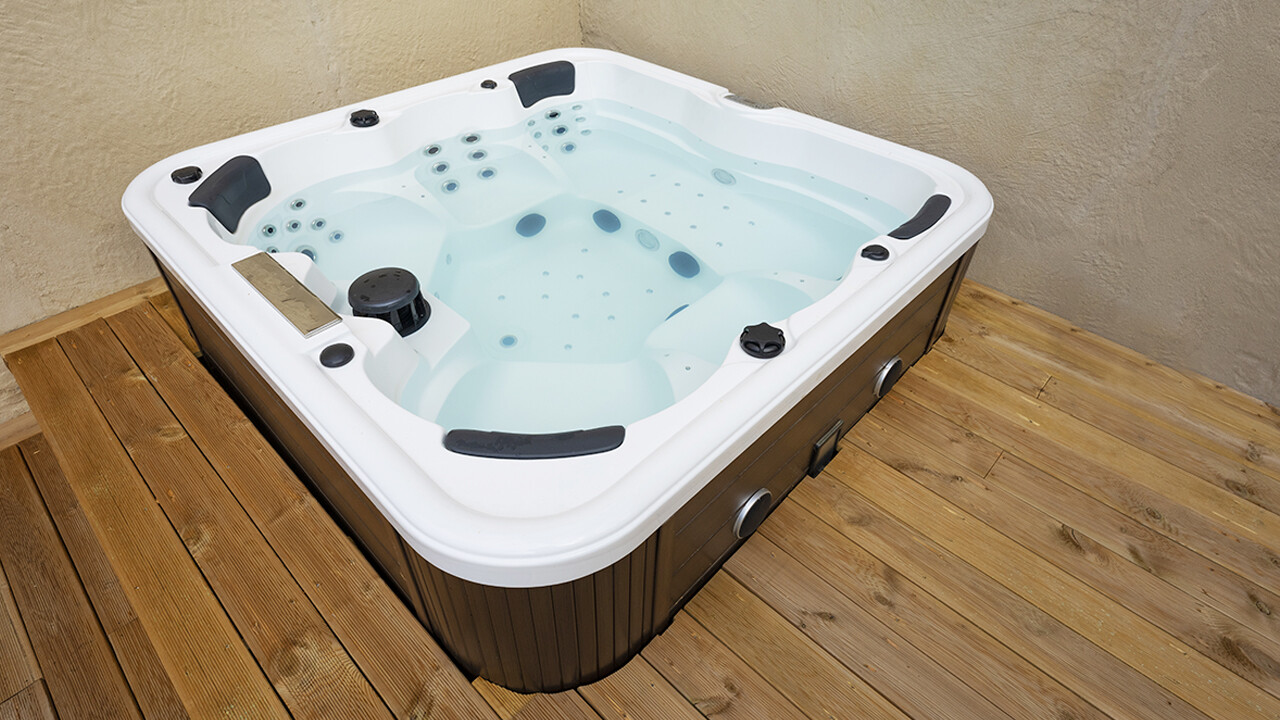
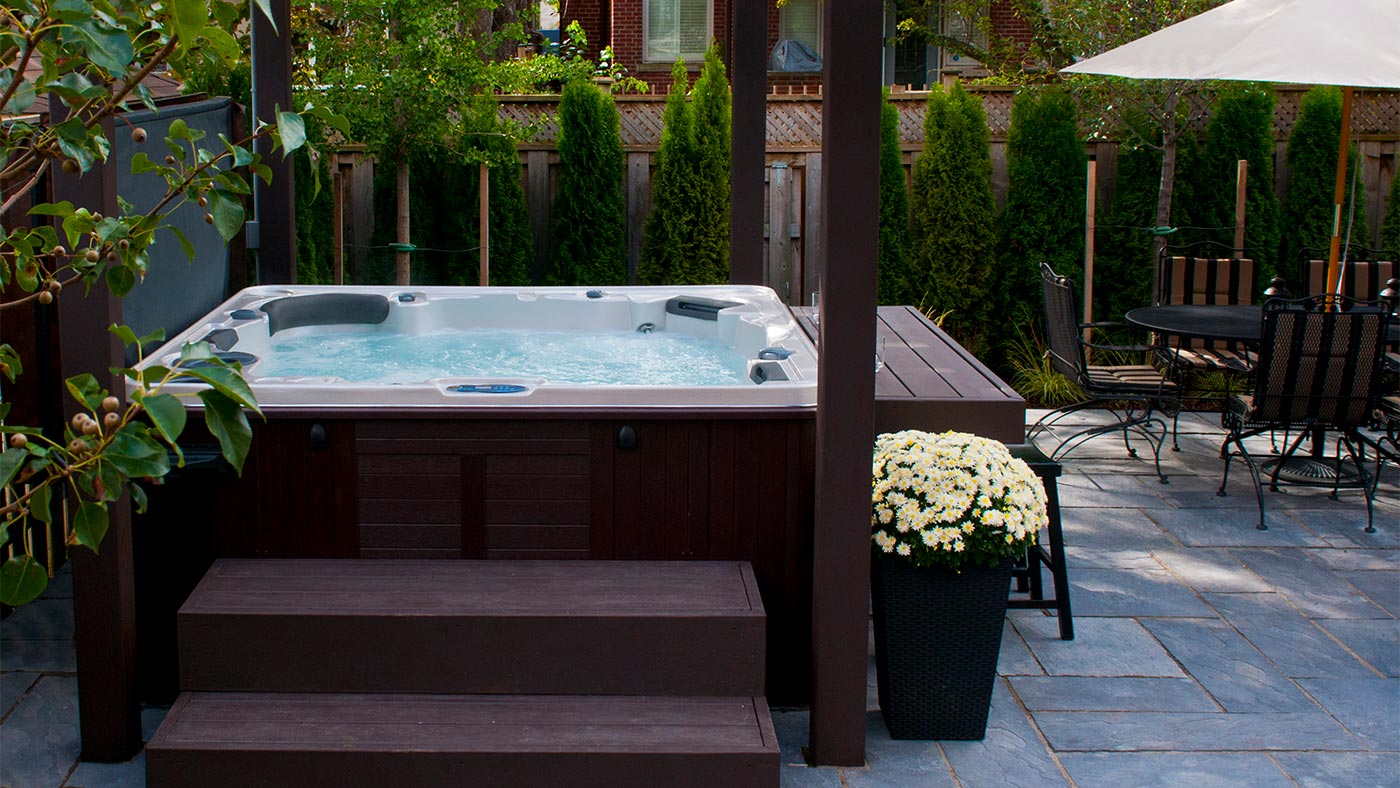
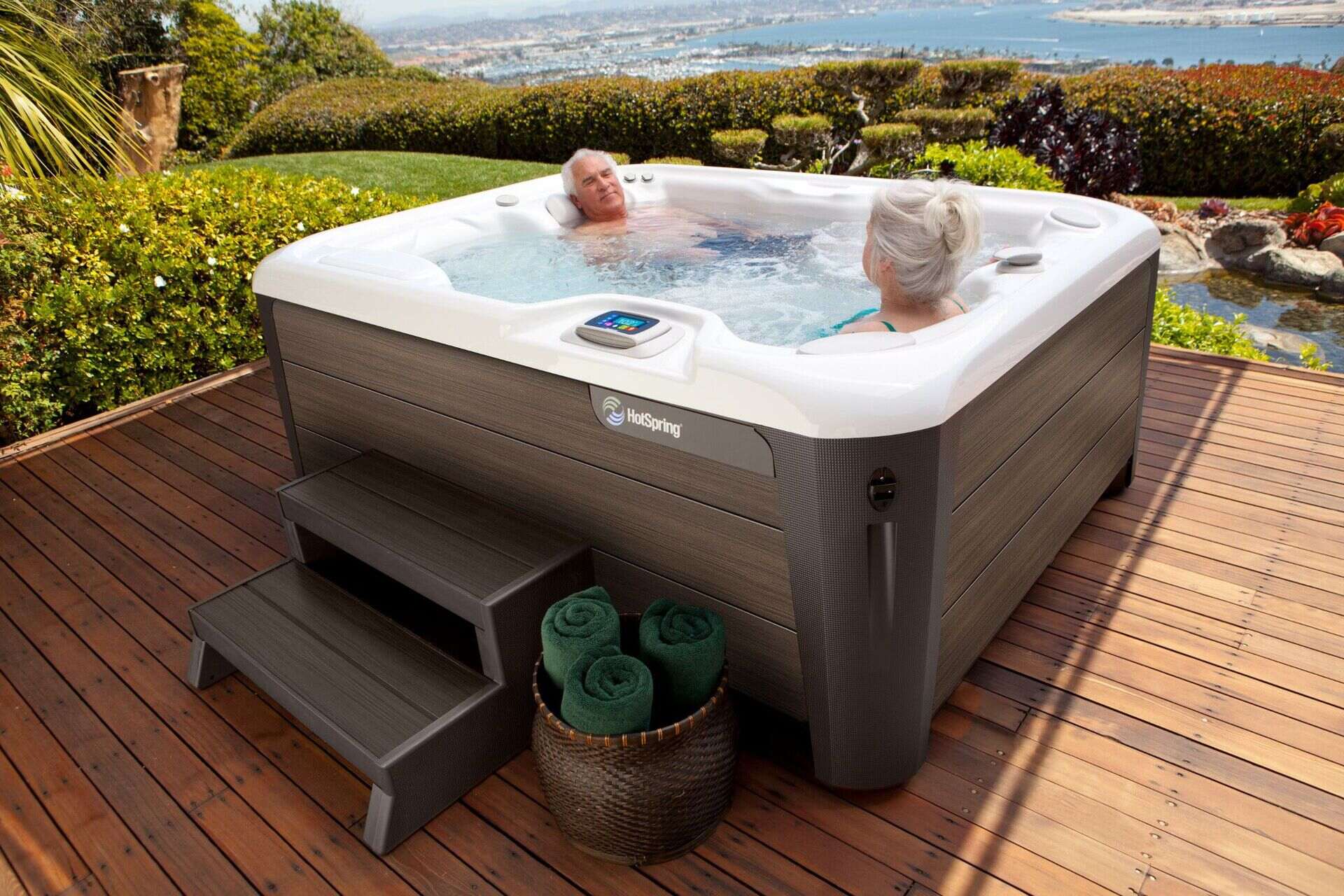
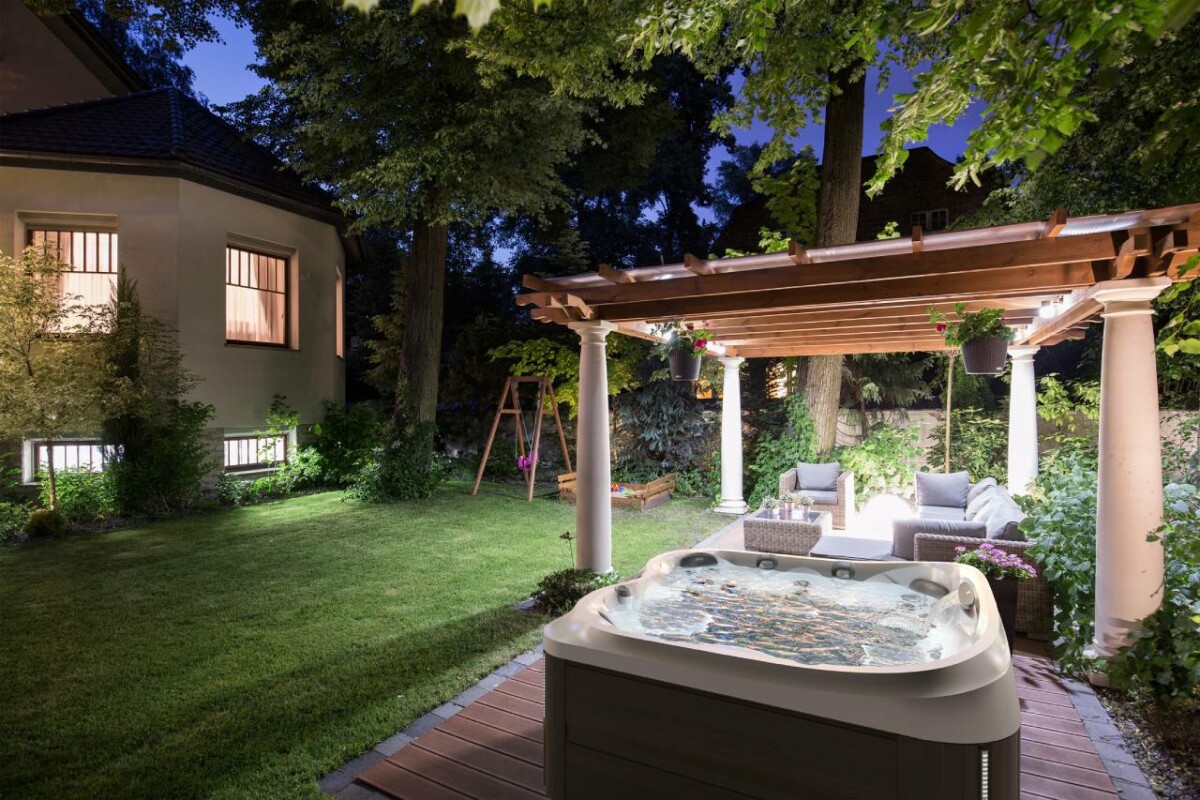

0 thoughts on “How Full To Fill A Hot Tub”